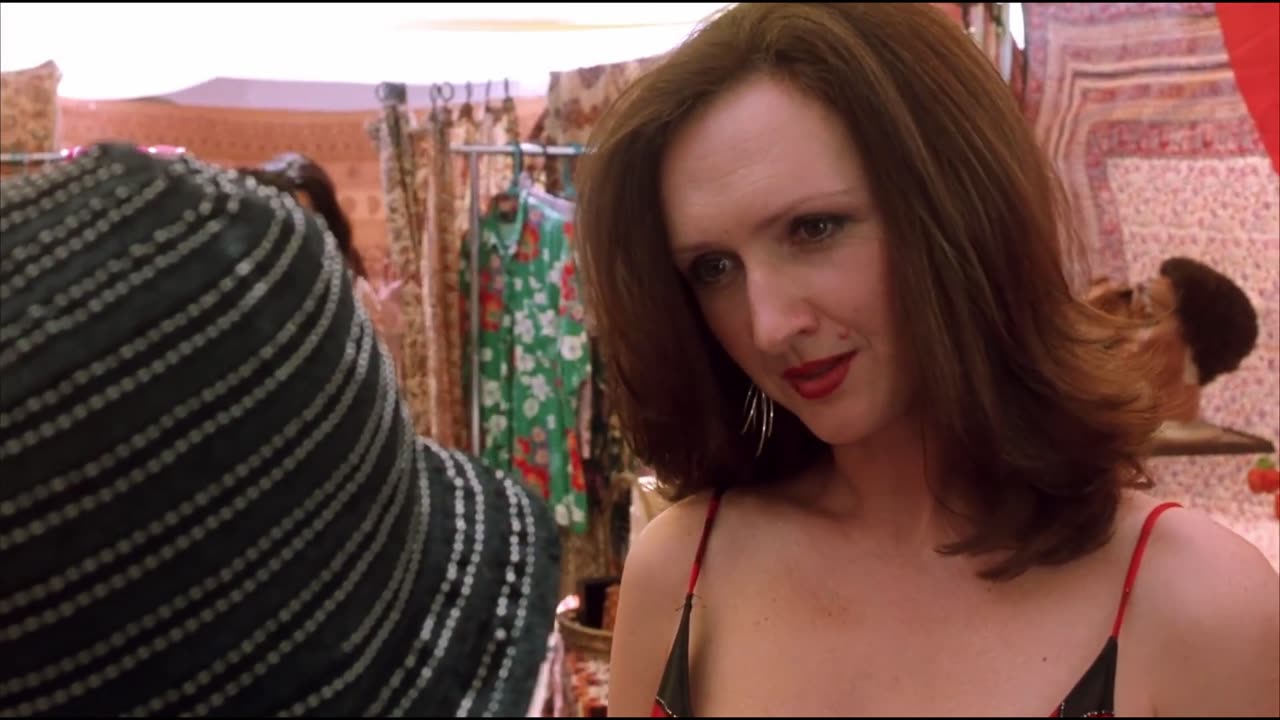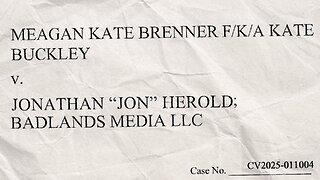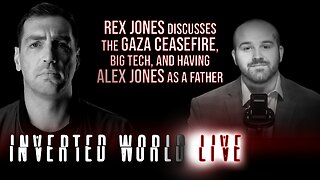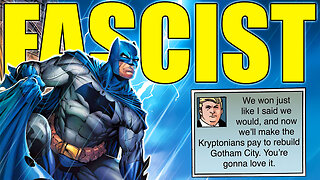Premium Only Content

White Oleander (2002): A Hideous Redemption
We’ve all walked out of the movie theater, at least once, thinking “the book was better,” but every now and then we experience the reverse – the opposite – a movie which actually improves upon the original story.
In 2002, the movie WHITE OLEANDER did what film adaptations so seldom do: it fixed a problematic and at times downright terrible source material. A lackluster, formulaic YA novel was transformed into a masterpiece by a skilled screenwriter and a gifted director.
In this video essay, we’ll explore the CINEMATIC REDEMPTION of the novel’s hideous ending, and the INSPIRATIONAL REDEMPTION of the story’s most hideous character, Ingrid Magnussen. We’ll consider what makes the movie superior to the novel and why the filmmakers made the changes that they did. We'll also discuss the role that misandry and feminism played in the original novel and how its toxic agenda was mitigated by the filmmakers.
0:00 - The Movie's Better
1:21 - A Hideous Character
2:10 - Two Different Endings
4:10 - The Guys
5:14 - Visualizing Ray
6:39 - Reversing The Roles
7:51 - Maintaining Sympathy
8:46 - Mark/Ron
10:41 - In Defense of the Dead
11:58 - Sociopathic Tendencies
13:35 - The Final Confrontation
16:05 - Sacrificing Everything
17:19 - True Redemption
18:02 - What Was She Thinking?
19:57 - Hypothetically Speaking
#michellepfeiffer #movieexplained #moviereview #sacrifice #filmanalysis #filmtheory #screenwriting #adaptation #redemptionstory #feminism
"It is the tale, not who tells it." - Stephen King
-
 2:10:32
2:10:32
MG Show
17 hours agoNothing Happening?: Bolton Indicted; Pandoras Box REX 84' AND F.E.M.A.
5.2K10 -
 1:42:58
1:42:58
Badlands Media
1 day agoMeagan Kate Brenner v. Badlands Media LLC
86.8K271 -
 44:40
44:40
Inverted World Live
12 hours agoRex Jones Discusses the Gaza Ceasefire, Big Tech, and Having Alex Jones as a Father
48K6 -
 2:57:02
2:57:02
VapinGamers
7 hours ago $3.46 earnedAltheia - The Wrath of Aferi - Game Review and Playthru - !rumbot !music
22.2K1 -
 2:06:32
2:06:32
TimcastIRL
9 hours agoLeftist NO KINGS Protest Begins, Antifa EMBEDS, Riots & Violence FEARED Nationwide | Timcast IRL
208K174 -
 2:50:31
2:50:31
TheSaltyCracker
9 hours agoHail to the King ReeEEStream 10-17-25
92.1K189 -
 56:04
56:04
Man in America
17 hours agoGold’s OMINOUS Warning: A Global Monetary Reset That’ll BLINDSIDE Americans
58.6K21 -
 1:33:32
1:33:32
Flyover Conservatives
1 day ago3 Winning Mindsets for Building Life-Changing Habits - Clay Clark; Why Employers Are Ditching DEI - Andrew Crapuchettes | FOC Show
49.5K -
 4:04:15
4:04:15
SynthTrax & DJ Cheezus Livestreams
1 day agoFriday Night Synthwave 80s 90s Electronica and more DJ MIX Livestream POST DISCO / FUNK / R & B Edition
51.2K1 -
 51:18
51:18
Degenerate Jay
18 hours ago $3.61 earnedJournalist Claims Batman Is A Fascist Like Donald Trump
45.8K8